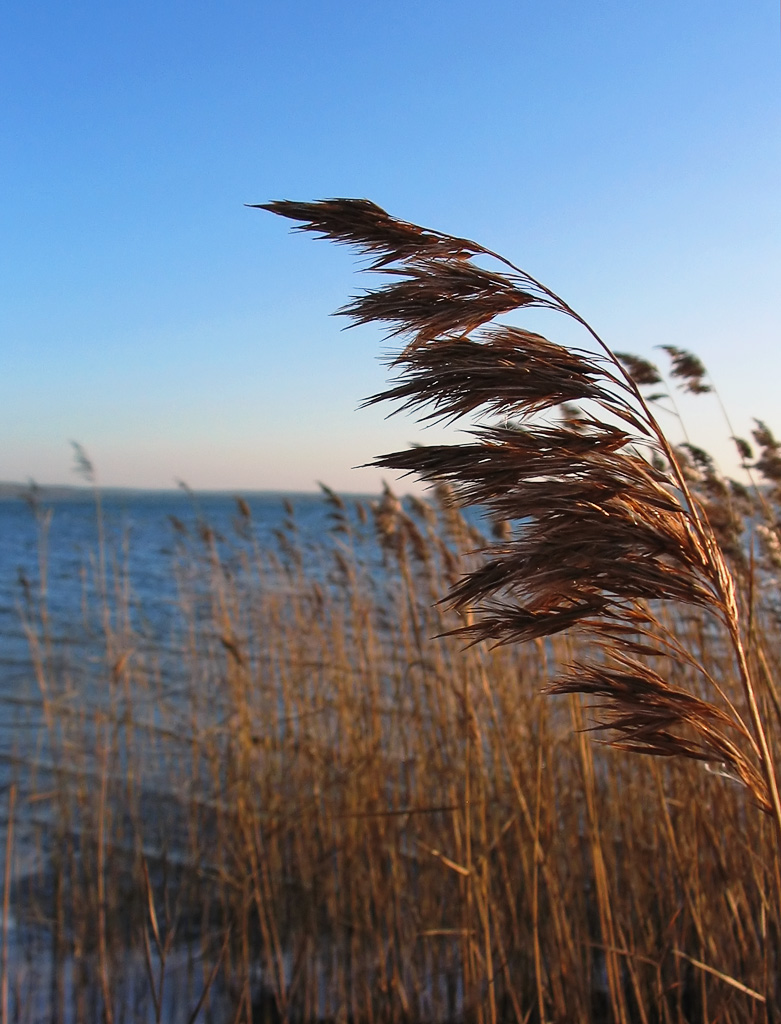Phragmites Good and Bad?
 Phragmites. CC BY-SA 2.0, Wikimedia.org
Phragmites. CC BY-SA 2.0, Wikimedia.org
There may yet be a sliver of silver lining on the storm-cloud that is phragmites, but it really is just a sliver. Able to grow 15 feet tall and turn diverse wetlands into seemingly uninterrupted mono-cultures, it appears that phragmites is also capable, at the very least, of helping those same wetlands weather high waters and changing sea patterns. That is, some have taken to calling it a "Jekyll and Hide" of invasives.
"The Jekyll part is that phragmites helps marshes maintain elevation and keep pace with sea level rise," said biogeochemist Pat Megonigal of the Smithsonian Environmental Research Center. "The Hyde part is that they are poor habitat for native plants and animals."
But it's not so simple as that. While phragmites' quick, deep-growing roots may help wetlands and marshes weather changing seas, those same roots could also be potentially unlocking carbon that many thought was locked away for the foreseeable future. "When you get into that deep stuff, that stuff is considered to be sequestered. Nobody can eat that," said Blanca Bernal, former SERC postdoc, referring to said carbon. "Several studies have shown that it's actually not that recalcitrant. It's just a matter of recreating the right conditions down in the soil for the microbes to start consuming that old carbon pool."
Well, maybe it's mostly Hyde with very little Jekyll after all.
For the full article from sercblog.si.edu click here or on the link available below.
To enable comments sign up for a Disqus account and enter your Disqus shortname in the Articulate node settings.